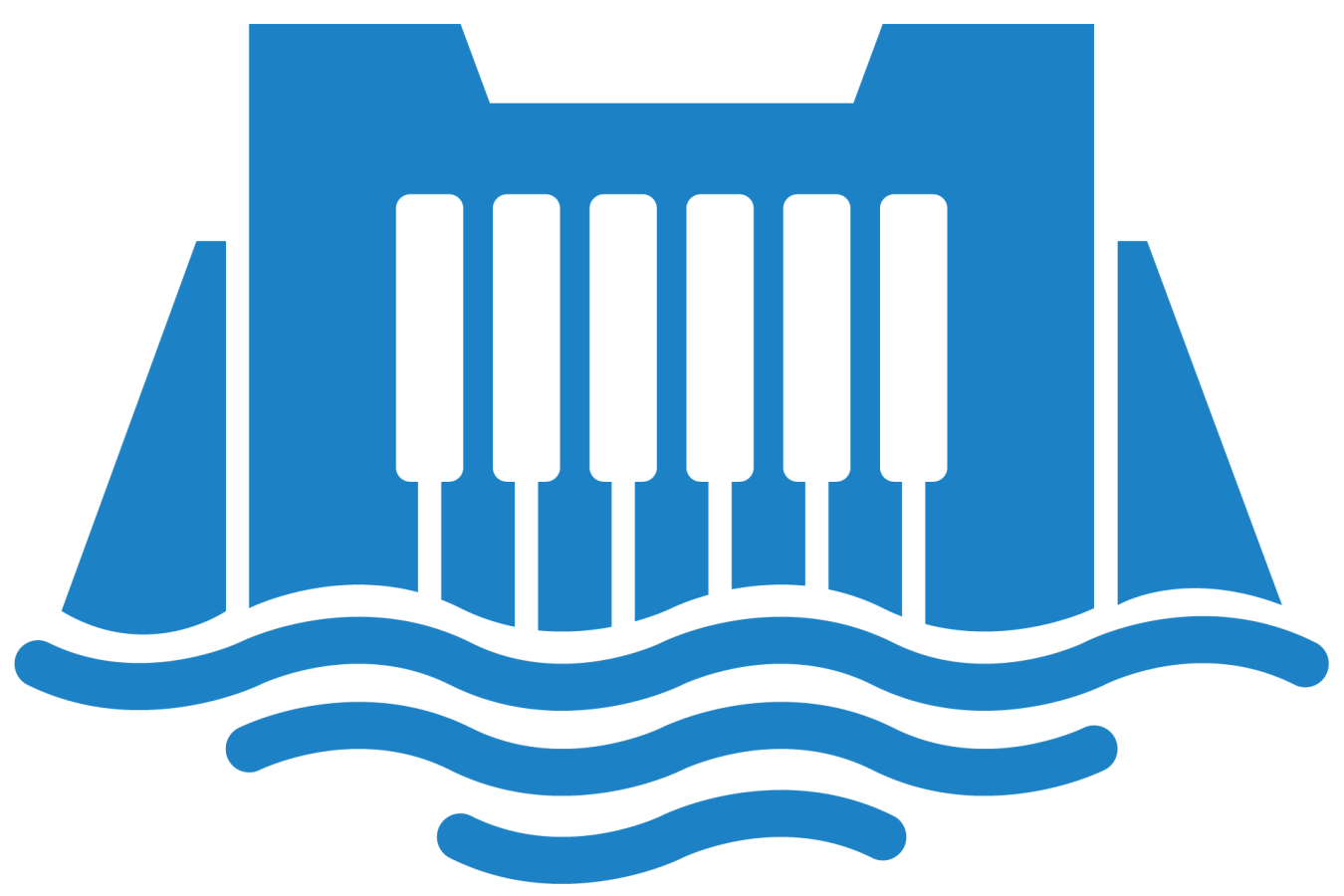The 2023 edition of the U.S. Hydropower Market Report provides the latest data and research findings to offer a comprehensive overview of developments in the U.S. hydropower and pumped storage hydropower fleet and industry trends.
Water Power Technologies Office
September 29, 2023HYDROPOWER PROGRAM
Data Access, Analytics, and Workforce Development
Project Name: 2023 Edition of the Hydropower Market Report
Project Team: Oak Ridge National Laboratory
Lead Recipient Location: Oak Ridge, Tennessee

Researchers at the U.S. Department of Energy’s (DOE) Water Power Technologies Office (WPTO) and Oak Ridge National Laboratory (ORNL) released a new report highlighting key developments across multiple sectors of the hydropower industry. The fourth edition of the U.S. Hydropower Market Report combines the latest data from public and commercial sources, as well as research findings from other DOE research and development projects, to provide a comprehensive picture of developments in the U.S. hydropower and pumped storage hydropower (PSH) fleet and industry trends. The report highlights developments from 2020-2022 (since the publication of the last report) and summarizes this information by region, plant size, owner type, and other attributes.
Hydropower has been a stalwart source of flexible and reliable renewable energy for more than a century. But prior to 2014, no document detailed the status of hydropower technology and the hydropower industry in the United States. That year, DOE worked with ORNL to develop the first edition of the U.S. Hydropower Market Report and highlighted trends and key planning and development information in hydropower. That report answered the need for easily accessible, comprehensive information on U.S. hydropower development (including new projects and upgrades and rehabilitations at existing plants), performance, market value, and supply chains.

This facility, owned and operated by East Texas Electric Cooperative, added hydropower generation capability to a previously non-powered dam. It has three units with a combined generation capacity of 26.7 MW and began commercial operation in 2020. Image courtesy of Simpson Gumpertz & Heger
The report indicates growing PSH investment internationally as well as interest in new PSH development domestically, a likely trend toward adding battery capacity to existing facilities, significant hydropower capacity growth from non-powered dam retrofits, and supply chain issues with turbine-generator units and steel castings. It also includes updates on development pipelines, permitting and relicensing activity, refurbishment and upgrade investments, and generation.
The 2023 report documents significant U.S. hydropower net capacity growth from 2010 to 2022 (2.1 gigawatts (GW)) primarily from a combination of upgrades to the existing fleet (1.4 GW) and non-powered dam retrofits (0.5 GW). It also found an uptick in the number of new U.S. PSH projects under active consideration—96 PSH projects were in the U.S. development pipeline at the end of 2022 versus 67 at the end of 2019—with 10 projects that have advanced beyond the feasibility evaluation stage. The report identified nascent interest in hybrid plant configurations (e.g., at least 11 U.S. hydropower plants have added or are planning to add battery capacity to access new revenue streams and mitigate wear and tear of hydropower turbines). It also includes a discussion of supply chain issues (e.g., difficulty to domestically procure large steel castings and limited workforce availability) and potential ways to address them. The report also offers updates on U.S. hydropower and PSH permitting and relicensing activity, refurbishment and upgrade investments, and performance metrics such as generation, capacity factor, availability factor, and flexibility indicators such as one-hour ramping and unit starts.
WPTO's Hydropower e-newsletter features news on R&D and applied science to advance sustainable hydropower and pumped-storage technologies.
The WPTO e-newsletter brings funding opportunities, events, publications, hydropower, and marine energy updates directly to your inbox.


